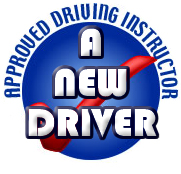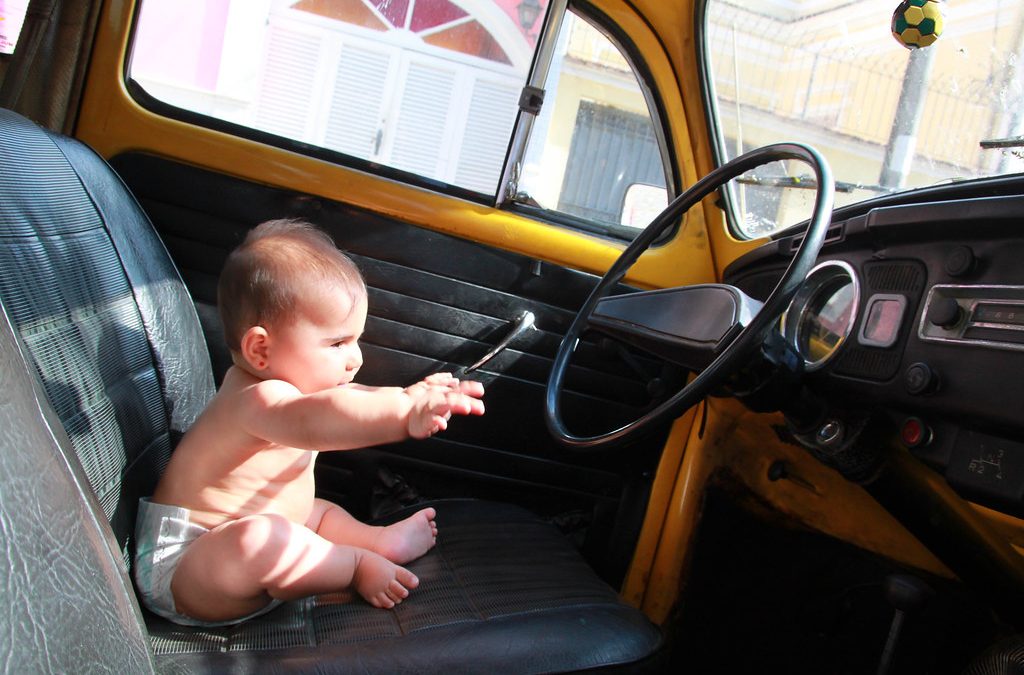FIRST DRIVING LESSON POINTERS
Get in gear: your very first time in the driving seat
You’ve been studying, and now it’s time to put what you have actually learnt into practice behind the wheel. Reserving your first driving lesson is interesting, but it may not take too long for the nerves to creep in. Let’s take a look at a few things you can do to help keep you calm, cool and collected as you learn how to drive.
How to prepare for your very first driving lesson
Review the Highway Code – not only will it assist you when it comes to taking your theory test, it’ll keep the guidelines and regulations of the roadway fresh in your mind.
Choose an useful clothing. Try to use something comfy that you can move around in and prevent any restrictive clothes and footwear. Flip flops and high heels, in particular, aren’t ideal when driving.
Remember your provisional licence – your instructor will examine that you have it. You can’t lawfully lag the wheel without one so it’s an outright must for your first driving lesson. You may also be requested your check code, so your trainer can examine your online licence equivalent.
Make sure you’re fit to drive. If you need them, prevent consuming the night prior to and remember to bring your glasses or contact lenses.
Pass your test with us
Driving Lessons DublinDriving Test Ireland
What do you do on your first driving lesson?
Will I drive straight away?
Do not worry – you won’t get in the driving seat straight away. Initially, your instructor will drive you to a peaceful roadway where you’ll discover all the basics of the automobile controls. This consists of the gears, the pedals, and what’s referred to as the cockpit drill.
What’s a cockpit drill?
This is an exercise that all chauffeurs need to carry out when they get in the car, and it’s normally among the first things you’re taught. The cockpit drill (typically referred to as the DSSSM routine) includes inspecting your doors, seat, steering, seat belt and mirrors:
- Doors– examine all doors are closed and protected before beginning your engine.
- Seat and steering– change your seating so that the controls are within easy reach and you have a clear view of the roadway. If you’re in an accident, you ought to also change your headrest to prevent whiplash.
- Seatbelt– make sure you and your passengers are buckled in.
- Mirrors– place your mirrors to reduce your blind spots.
How do I move off?
When it concerns the big minute– taking control of the car– you’ll have to move the vehicle off and reveal that you can safely do the ‘Prepare, Observe, Move’ regular:
Prepare – getting the automobile prepared to retreat when the roadway is clear
- Press and hold the clutch down with your left foot.
- Select initially gear.
- Press the gas pedal down with your ideal foot until you’re at about 1500-2000 rpm.
- Bring the clutch up slowly till you find the biting point.
- Be ready to launch the handbrake at the correct time.
Observe– showing your trainer that you know your surroundings
- Examine all around the car looking for anything that might affect your driving plan.
- Examine both shoulders.
Move– confidently moving the car off when you’re safe to go
- Launch the handbrake.
- Launch the clutch slowly while gently putting your foot down on the gas pedal.
- If you find you start to move off too quickly, ease up on the gas and manage the speed of the vehicle utilizing the clutch pedal.
- Re-check your mirrors and blind spots and move your car to the typical driving position.
What if I slip up?
It’s regular to be nervous when you’re finding out to drive – and you’re not anticipated to master everything directly away. Driving is something you get better at with time and practice.
In the (unlikely) case of something going wrong, rest assured that your instructor can control the car. All professional driving schools use double regulated cars and trucks, which suggests your instructor can action in if you require some help.
Scheduling your first driving lesson is interesting, but it may not take too long for the nerves to sneak in. You can’t legally be behind the wheel without one so it’s an absolute need to for your first driving lesson. Your instructor will drive you to a peaceful roadway where you’ll discover all the principles of the automobile controls. It’s typical to be nervous when you’re finding out to drive – and you’re not anticipated to master everything straight away. Driving is something you get much better at with time and practice.
Related Articles
[page-generator-pro-related-links group_id=”1597″ post_status=”publish” output_type=”list_links” limit=”6″ columns=”2″ link_featured_image=”0″ orderby=”rand” order=”asc”]
Learn More

